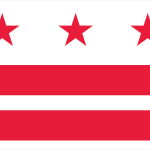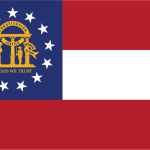Depending on a state’s particular program and structure, Medicaid covers a wide variety of health care services, with a special focus on those considered the most basic and comprehensive. As stipulated under the Affordable Care Act, any Medicaid policy in any state must cover, at minimum, the following health care services:
- Physician services
- Certified pediatric and nurse practitioner services
- Hospital services – both inpatient and outpatient
- Home health care services
- EPSDT: Early and Periodic Screening, Diagnostic and Treatment Services
- Nursing facility services
- Federally qualified health center services
- Nurse midwife services
- Laboratory and X-ray services
- Family planning services
- Rural health clinic services
- Tobacco cessation counseling for pregnant women
- Freestanding birth center services (when licensed)
- Transportation to medical care
Medicaid vs Medicare
While Medicaid eligibility is primarily based on household income, Medicare is geared toward older Americans, or Americans with disabilities, regardless of income. Unlike Medicaid, which varies from state to state, Medicare is administered solely by the federal government and operates the same way in all U.S. states and territories.
Despite these differences, some people meet eligibility requirements for both programs simultaneously.





